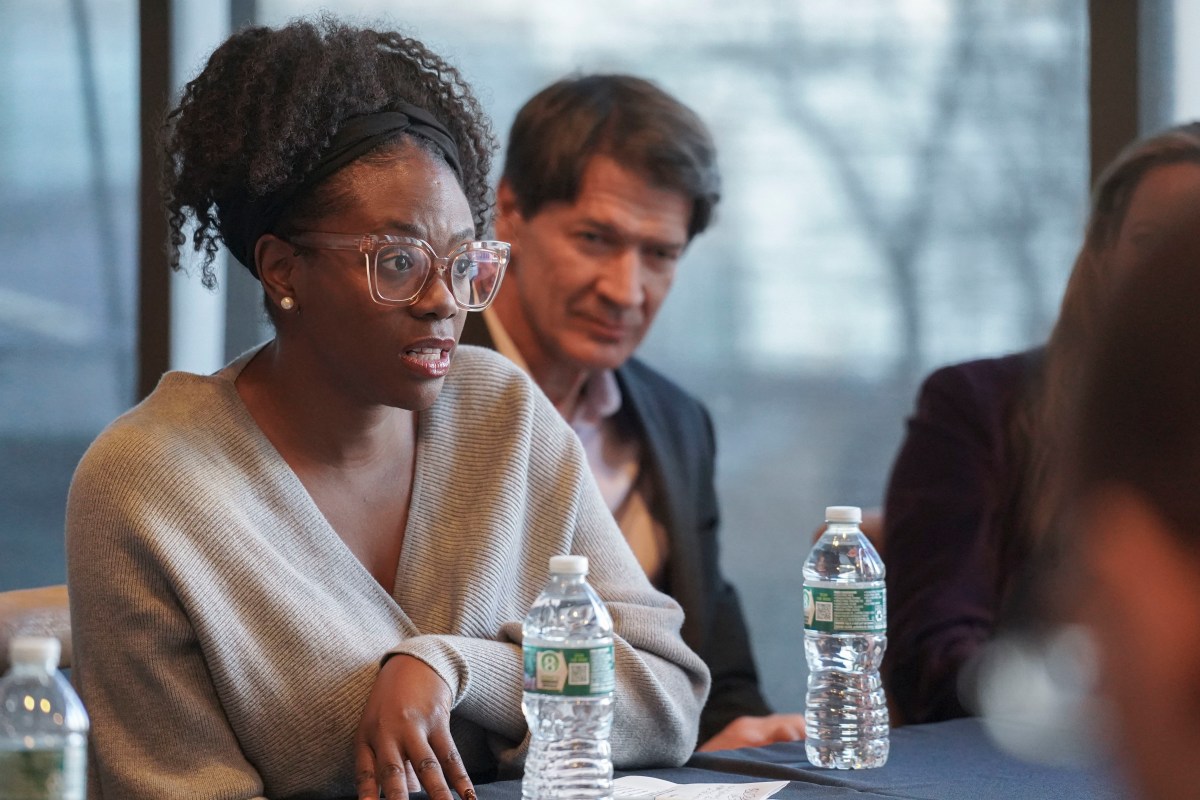Although summer’s end is too fast approaching, there’s still a full month left till the official start of fall. So that means there remains plenty of warm weather to enjoy the pleasures of being outdoors in the city.
It also means this is still the peak period for cycling and use of the city’s new bike lanes. As many have previously noted, including us, there’s a learning curve involved with the bike lanes — for cyclists, pedestrians and motorists alike. There’s an accommodation process in which everyone is getting used to the bike lanes as a feature of the streetscape — a feature we sincerely hope remains permanent.
And yet, a “battle” rages on over these seemingly innocuous lanes that have made the streets so much safer for cyclists. Pedestrians — many of them seniors with limited mobility and afraid of falling — charge some cyclists are “abusing” the lanes. They say bikers are blowing through red lights and not deferring to pedestrians, as they should. Drivers and cabbies gripe they’re losing road space. Deliveries can take a bit more planning due to the lanes.
That said — let’s get real here — it’s the cyclists who are, by far, at greatest risk on the streets: We’ve seen a number of tragic bicycle accidents this summer in the Downtown area, including the deaths of East Village bar owner Ray Deter and Marilyn Dershowitz, famed attorney Alan Dershowitz’s sister-in-law. Last week, there was yet another, as Jeffrey Axelrod of Brooklyn was run over by a truck on Delancey St. near Chrystie St. Not to diminish in any way the tragedy of his loss, but according to reports, Axelrod went through a red light right before the collision, which may have contributed to the accident’s occurring.
As for the ongoing “bike lanes war,” a judge’s recent rejection of a lawsuit against the Prospect Park West bike lane was a victory for the pro-cycling movement. Anyone who knows Brooklyn knows Prospect Park West doesn’t have a major problem with congestion — unlike, say, Flatbush Ave. with its gridlock.
Another victory of sorts for cycling advocates came in the sad downfall of Congressmember Anthony Weiner, who was expected to be a leading candidate for mayor. Weiner had vowed, if elected, to rip out all the bike lanes.
Meanwhile, construction of the First and Second Aves. bike lanes north of E. 34th St. has ground to a halt, and we wonder if it’s partly due to the anti-bike lane backlash. And Bramhall continues stoking the anti-bike lane hysteria with his juvenile Daily News cartoons, which truly reflect poorly on that paper.
One simple thing cyclists can do is get a bell. Now that bikers are in closer contact with pedestrians, a bell really comes in handy — for pedestrians hailing cabs in the bike lane, East Village bargoers strolling obliviously in the bike lane and — frequently — for pedestrians using bike lanes as a midblock “jaywalking assist.” And many pedestrians don’t think to look for bikes when they blithely step into the bike lanes midblock. Unlike cars, bikes are quiet (as well as nonpolluting) so pedestrians need to look. Importantly, cyclists must also always ride in the right direction in the lanes.
Many cyclists have taken on an aggressive attitude — often for survival’s sake. But as one Community Board 2 activist who used to bicycle commute from Brooklyn to Manhattan recently told us, it boils down to one thing for cyclists: “Be nice.” In other words, don’t be obnoxious to pedestrians. A little good behavior is often reciprocated and goes a long way toward establishing good will and acceptance.
We all have to share the streets. The bike lanes — and the burgeoning urban bike movement — are not going away. So let’s work to get along.




































